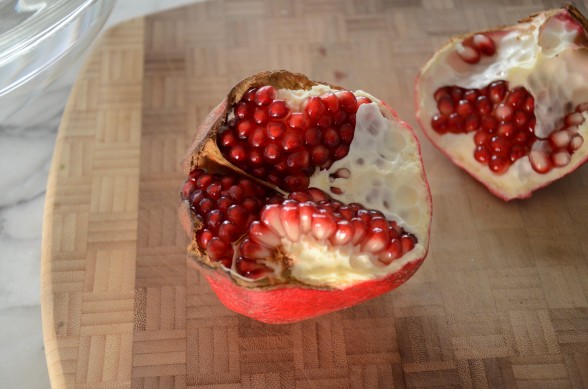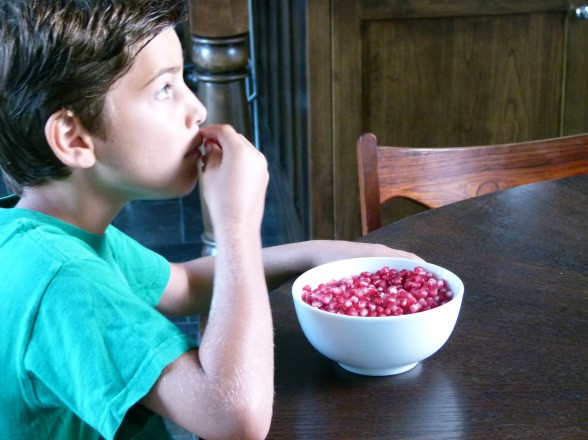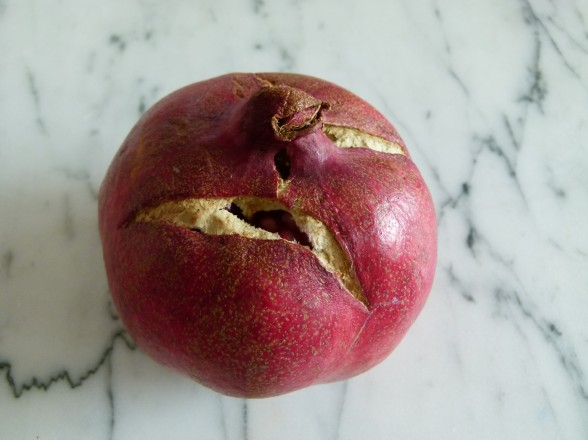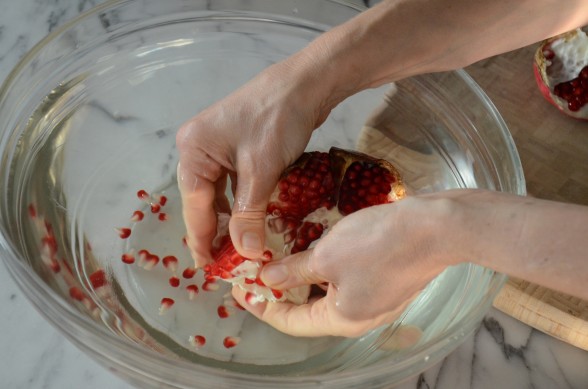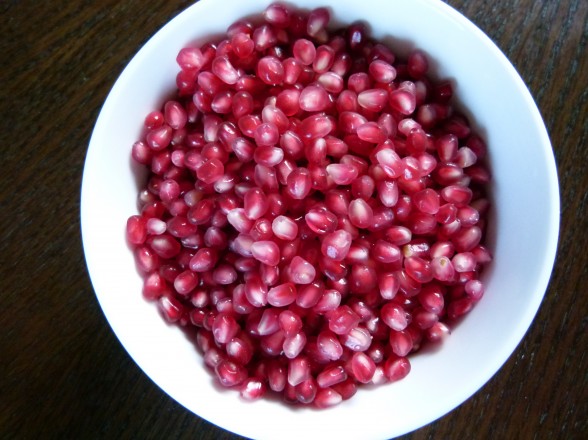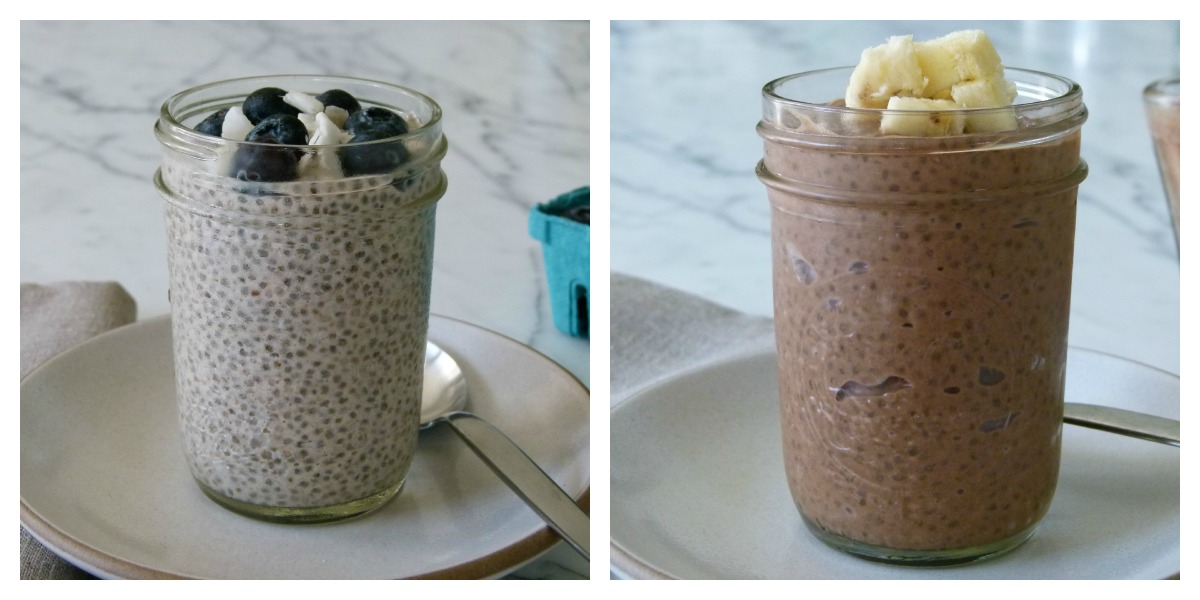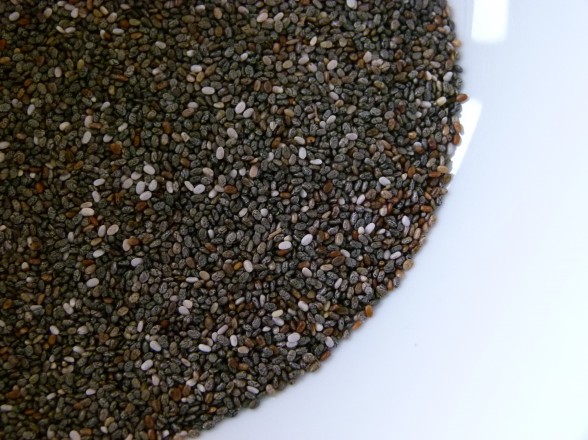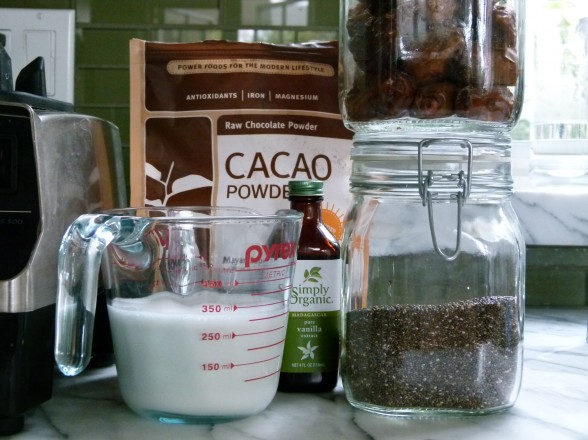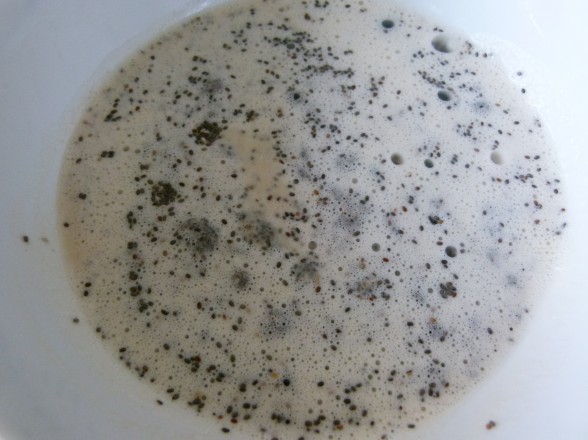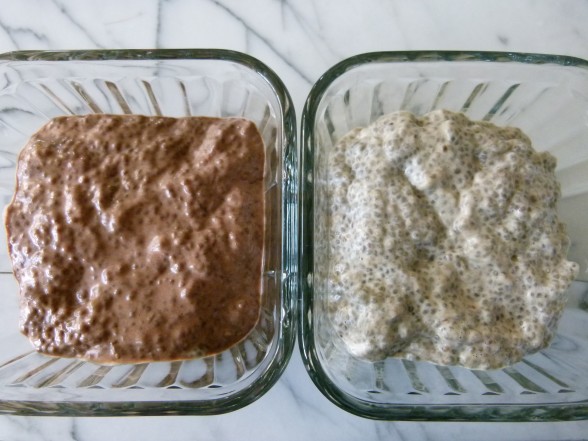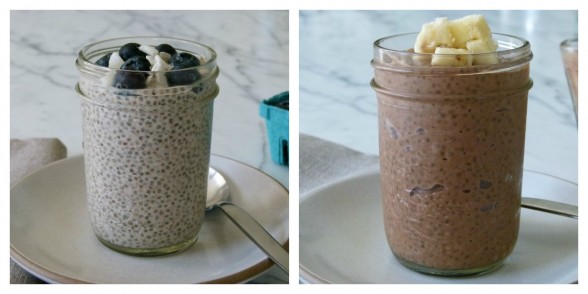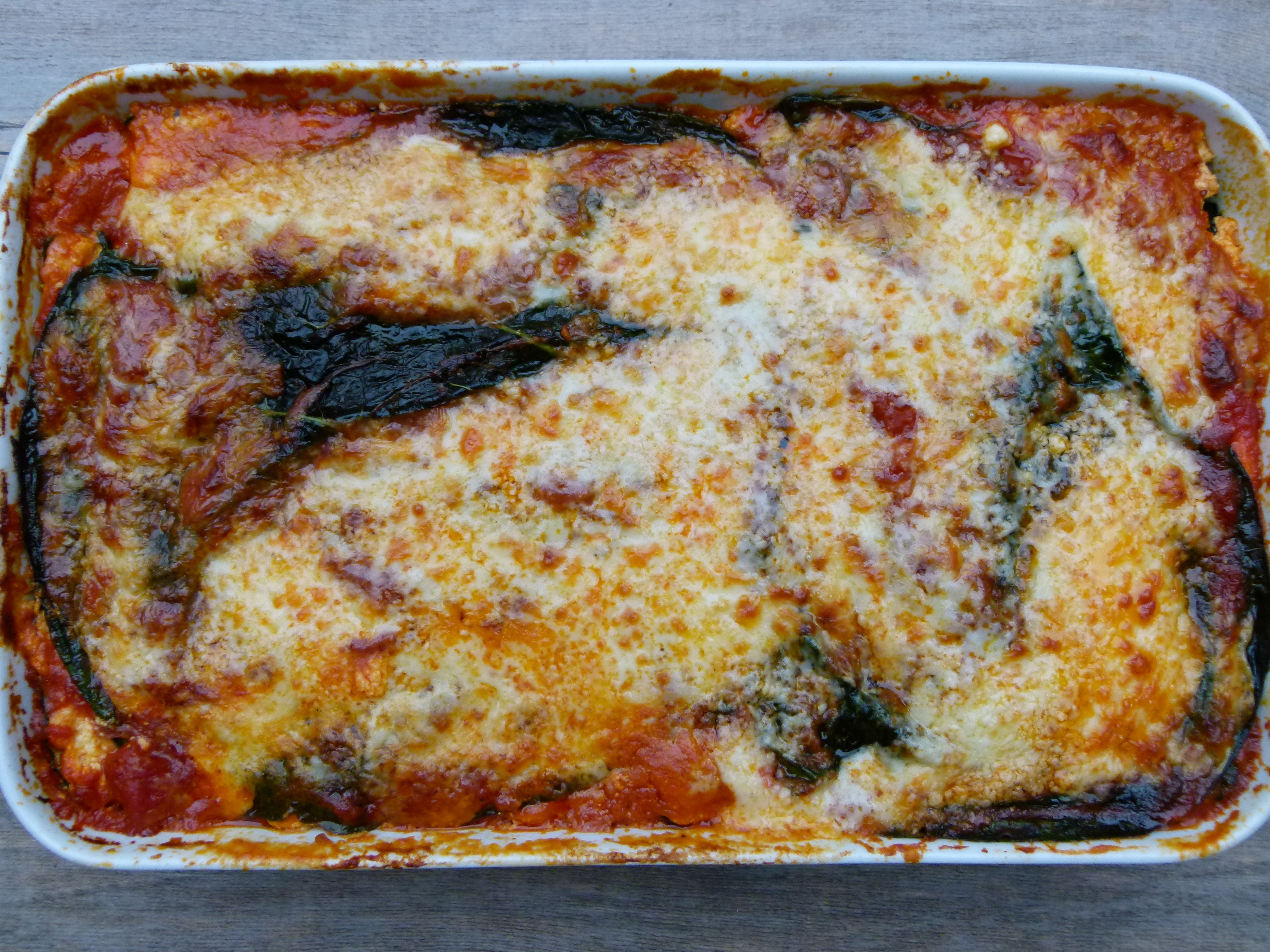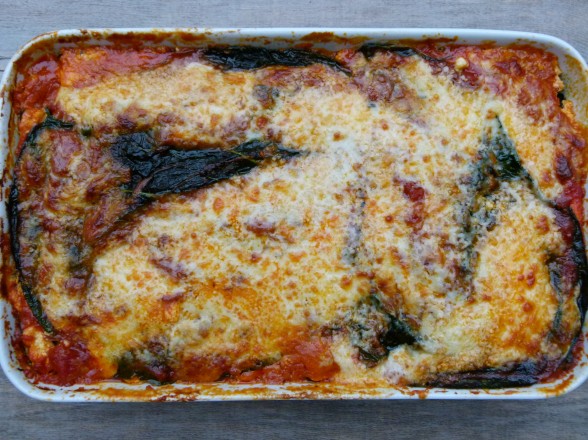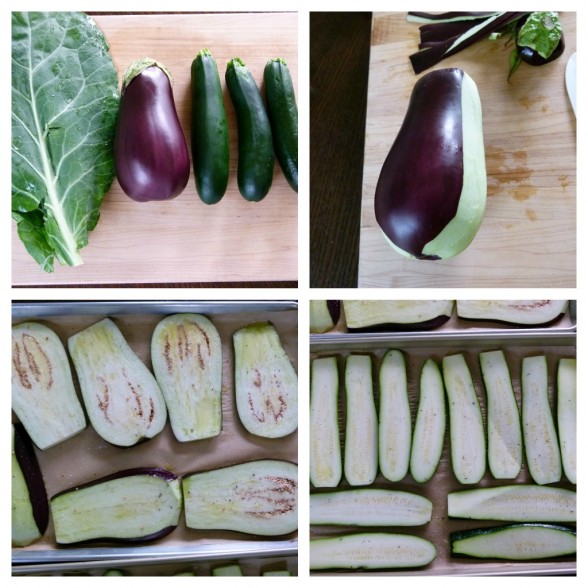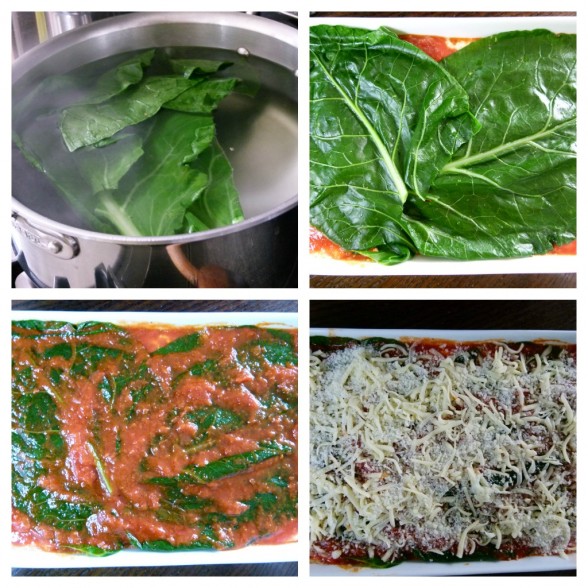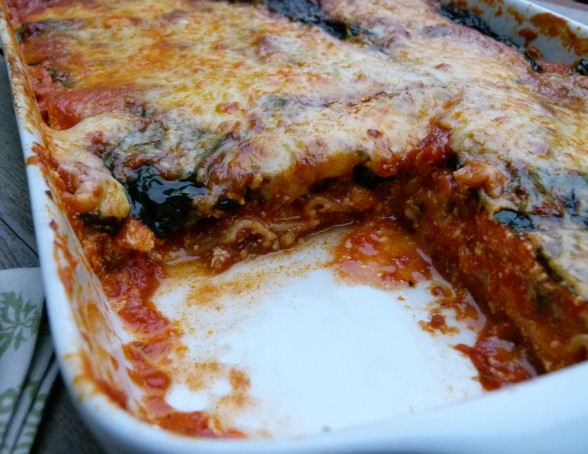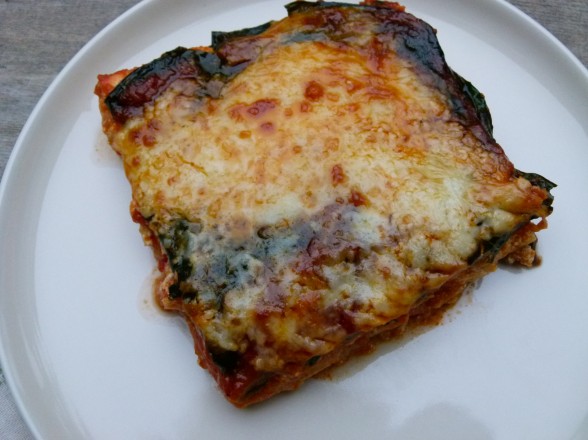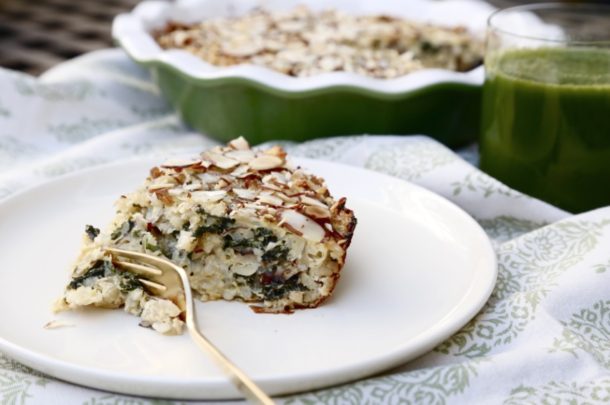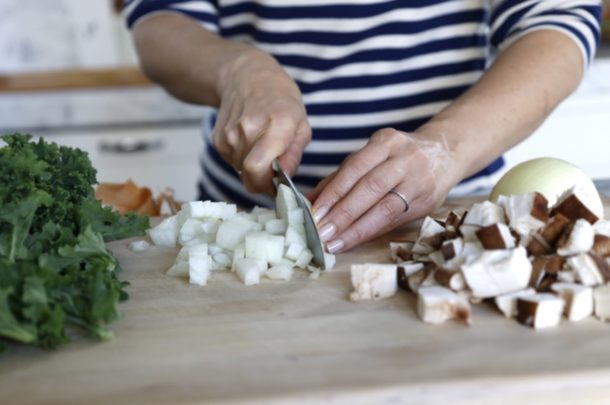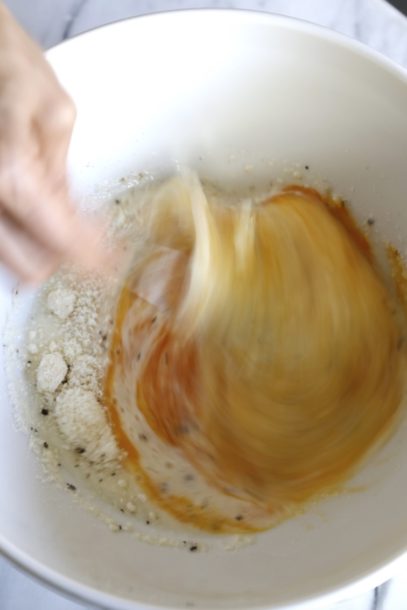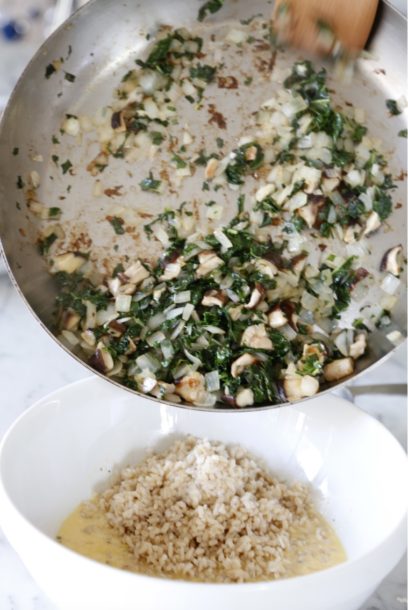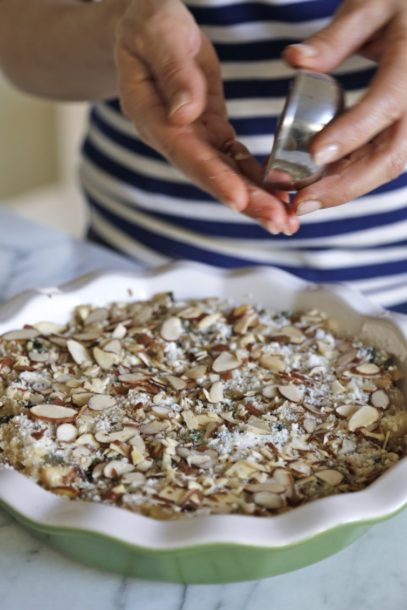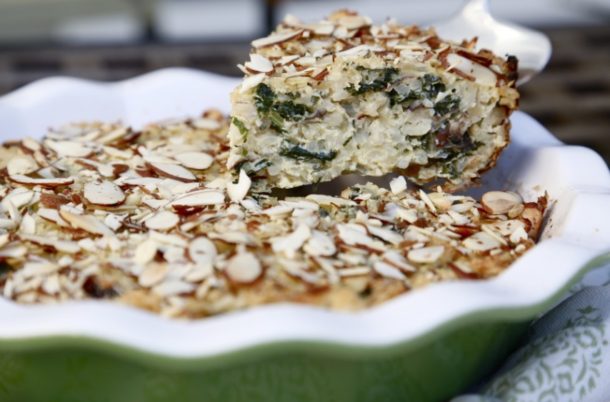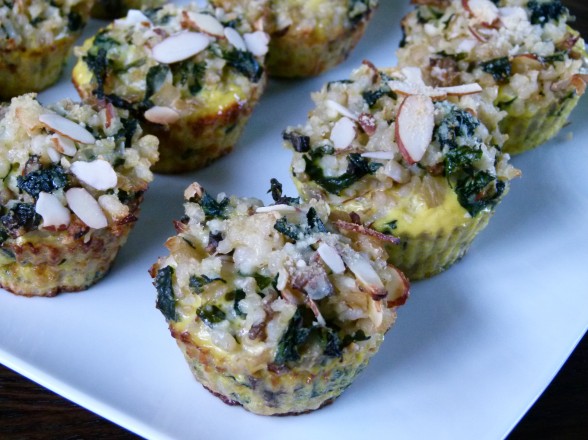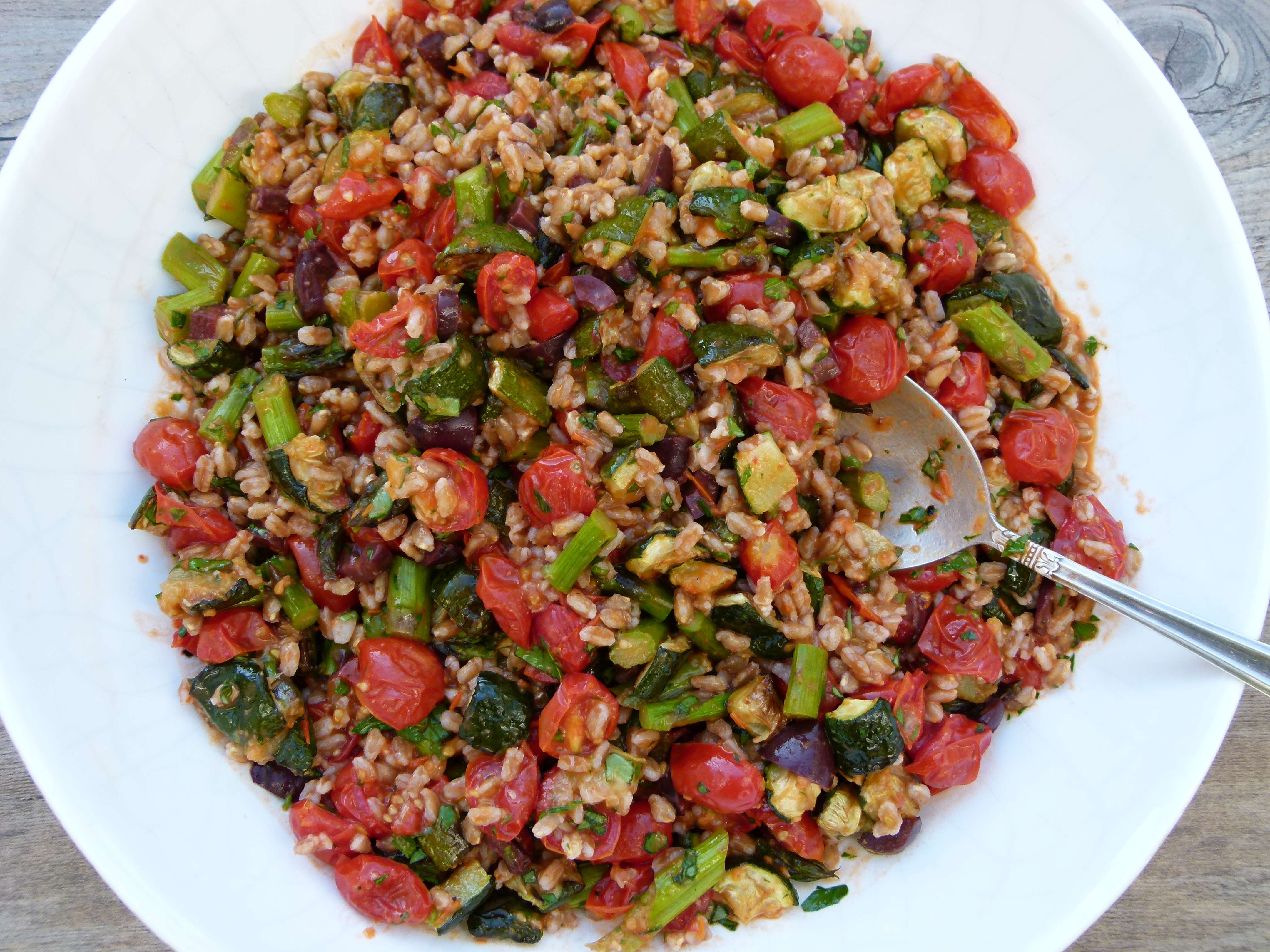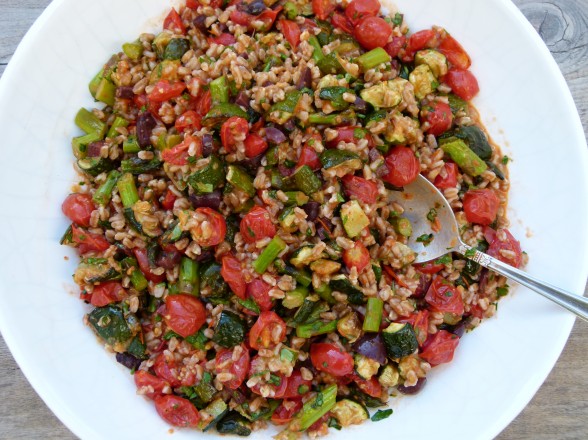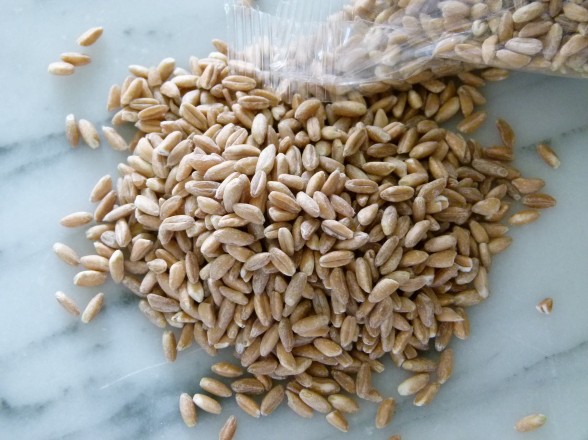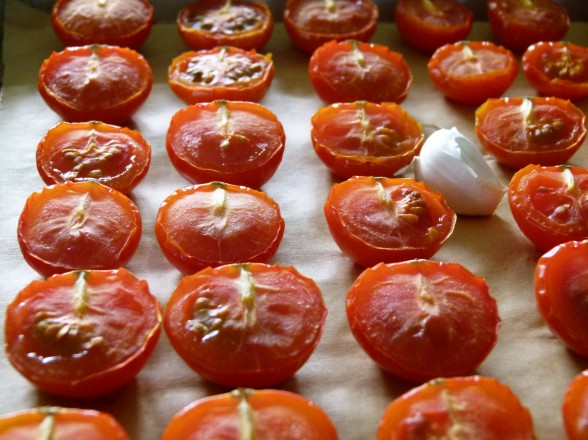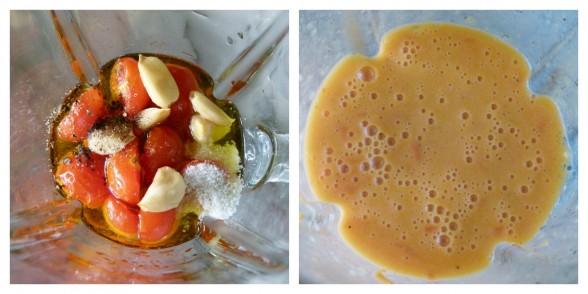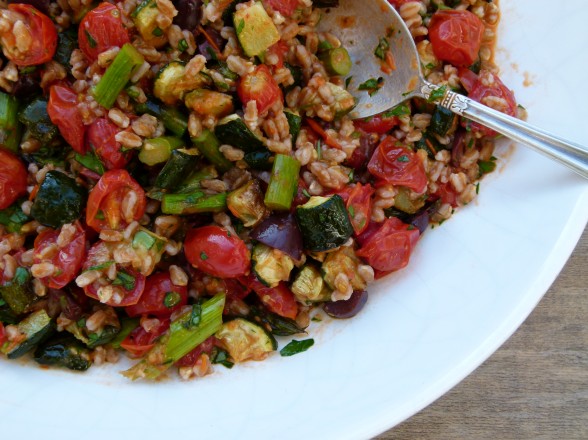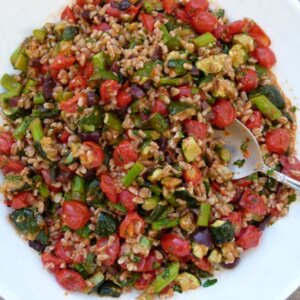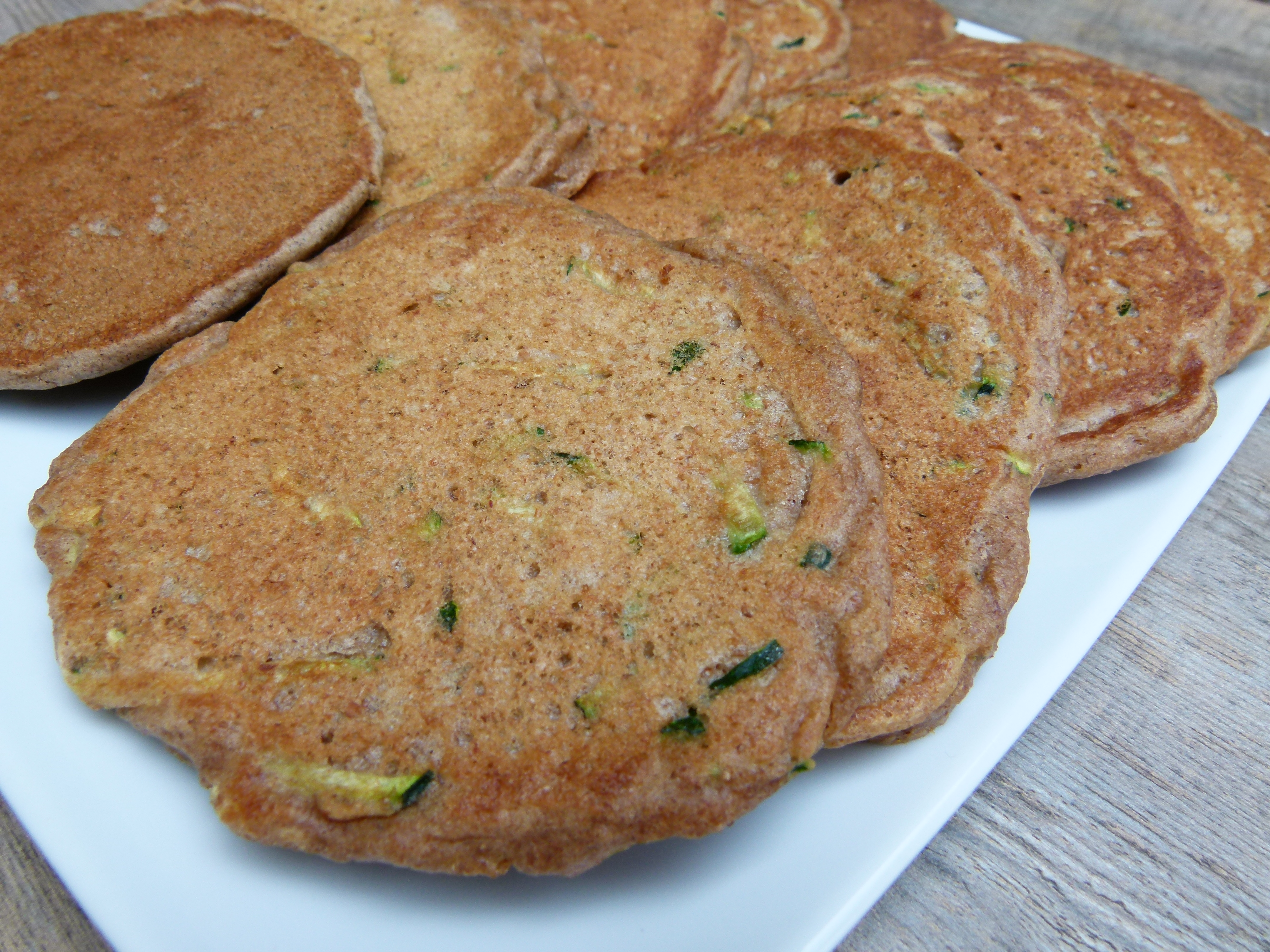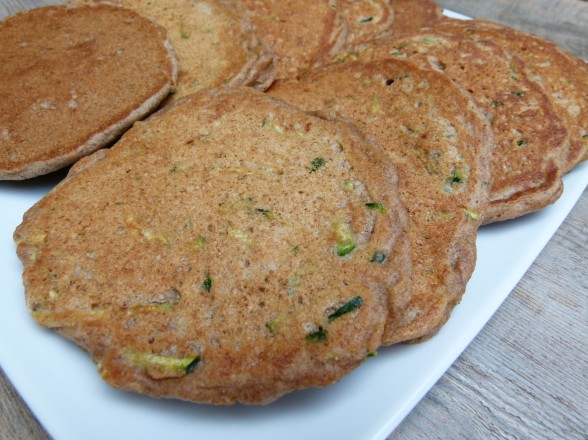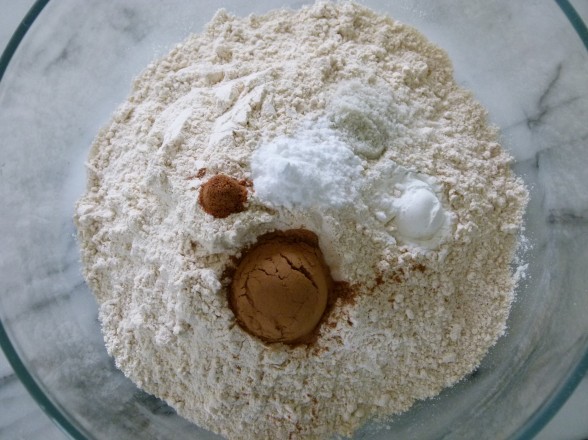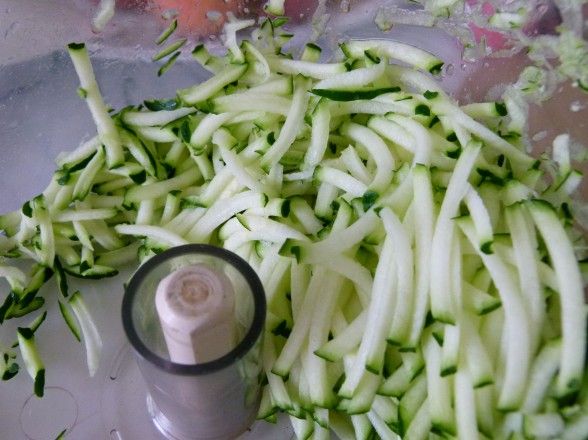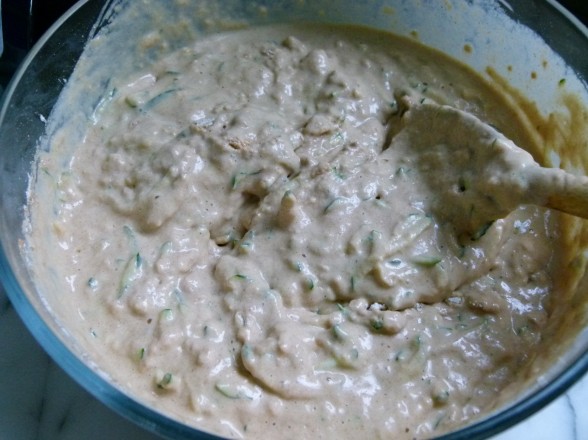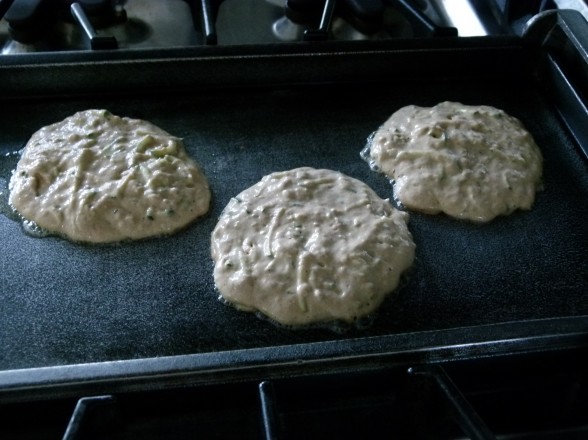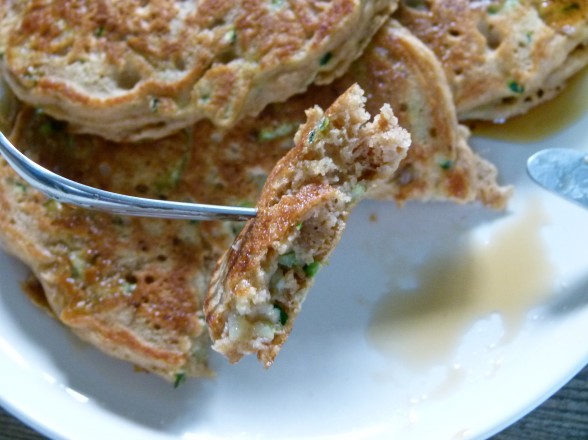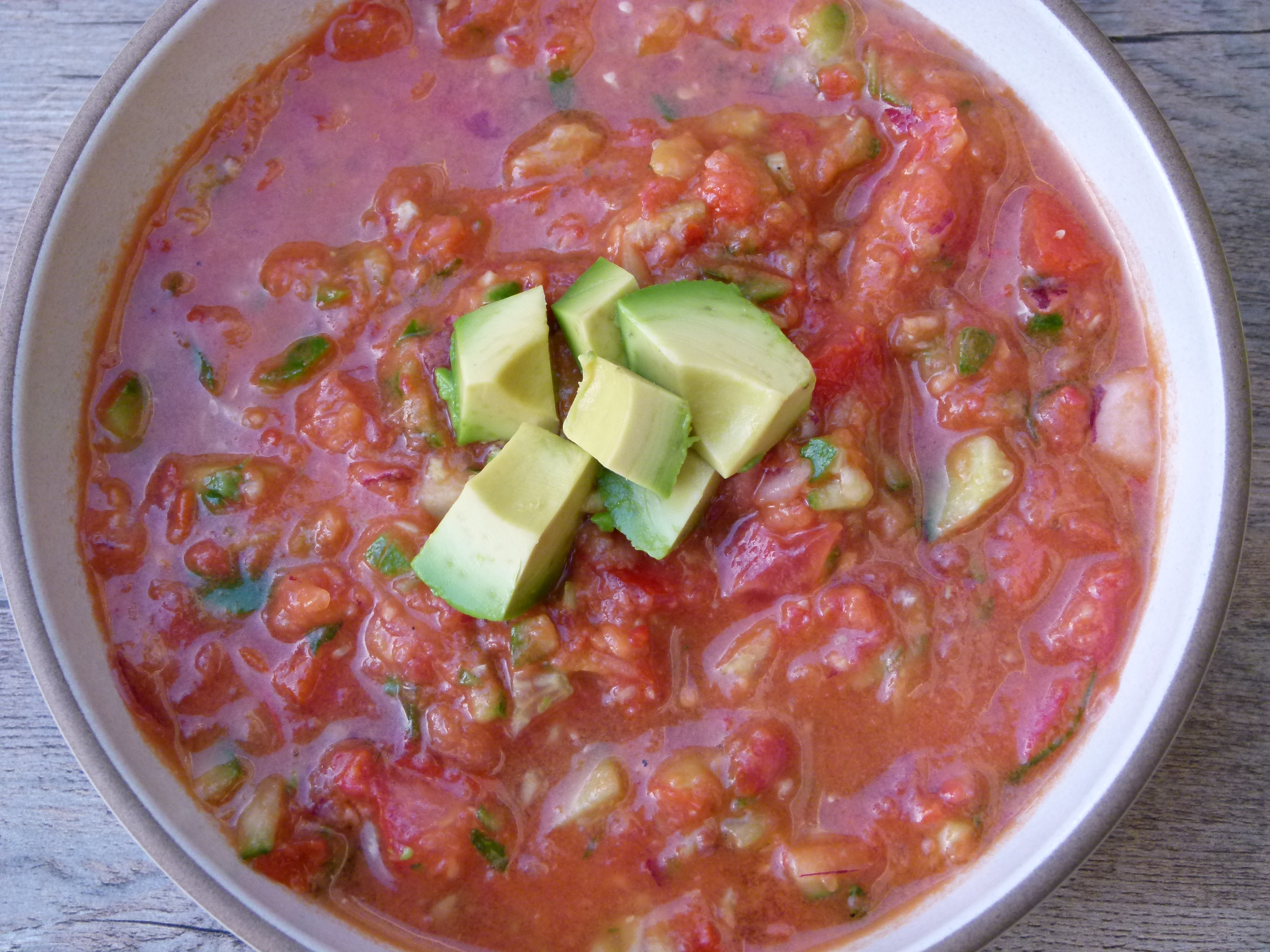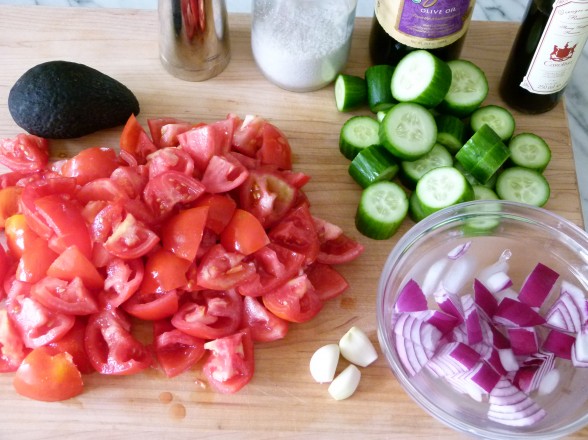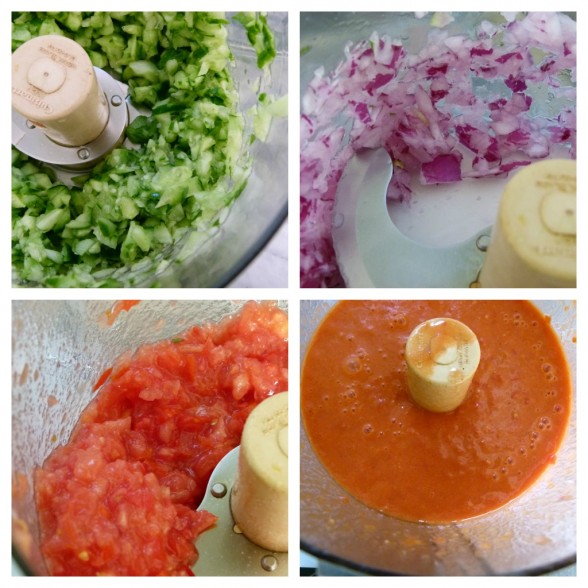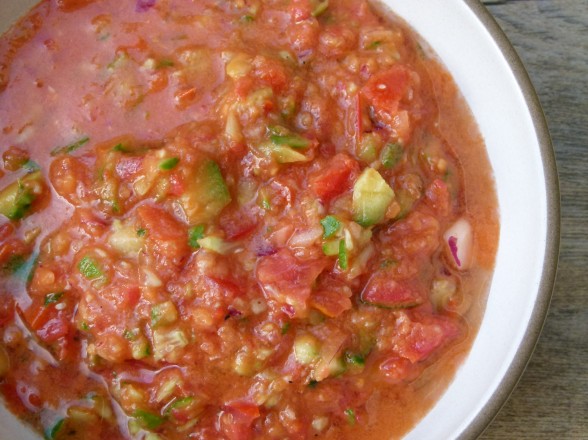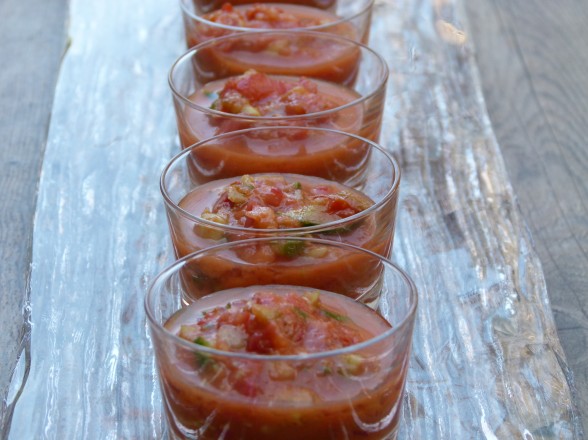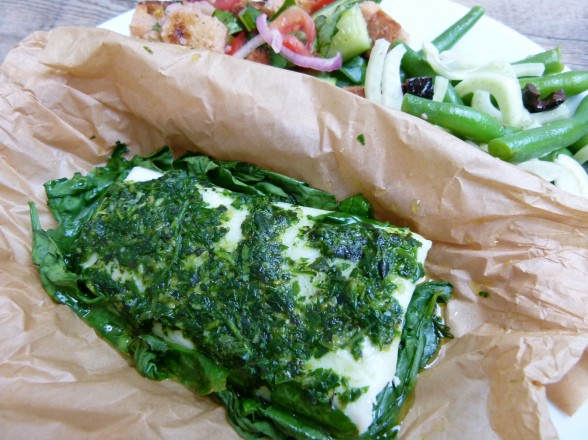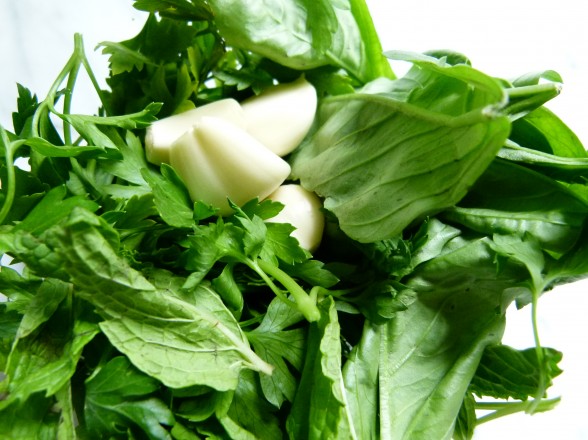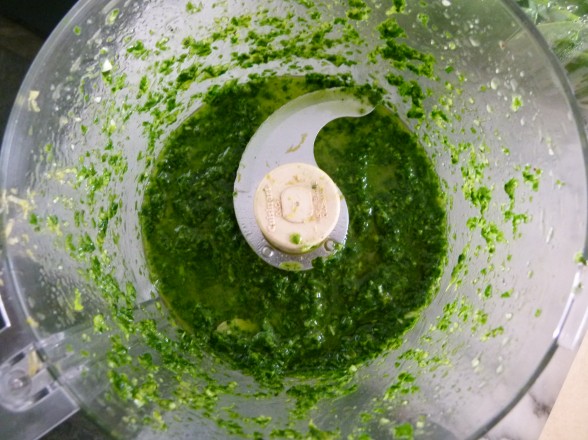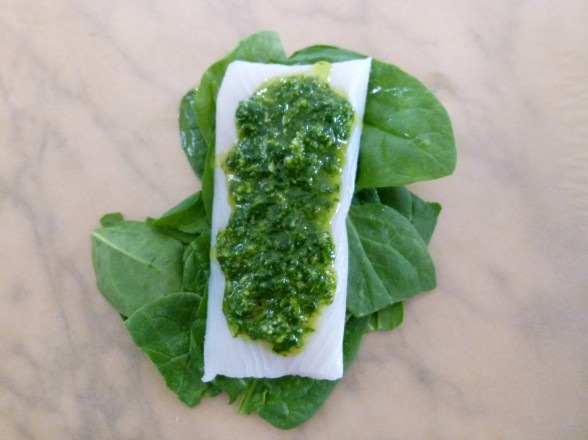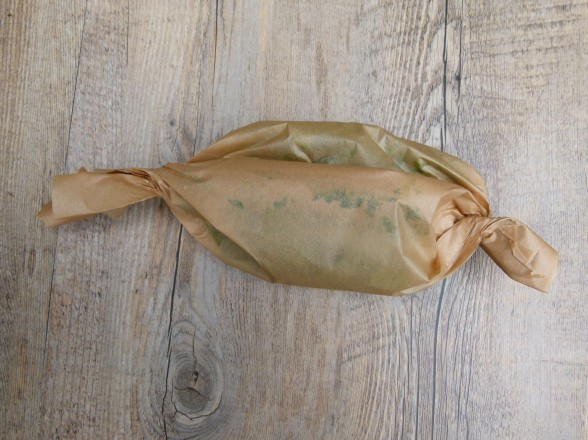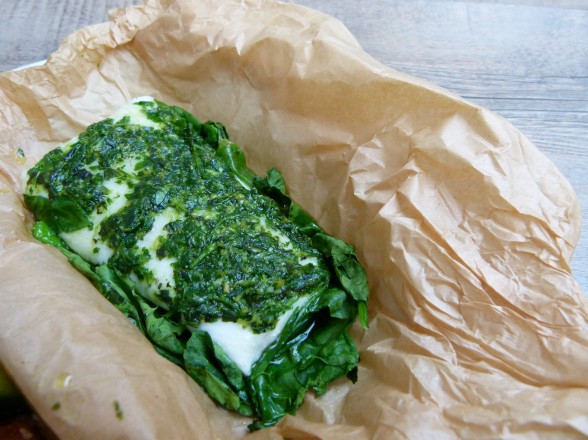How to Seed a Pomegranate
Eating seasonally means that when Mother Nature closes one door, she opens another. I came home from the farmers’ market the other day with good news and bad news for the kids. This would be the last of the peaches and nectarines. “What???? OMG! That’s so sad.” But guess what I found? Pomegranates! “They’re back? OMG! Can we have some right now? Did you buy a lot?” What peaches?
During the fall, my family goes through about 7 pomegranates a week and sometimes more if the kids’ friends come over. There’s something so addictive about these juicy and crunchy little seeds. I very often find empty pomegranate bowls on the girls’ desks in the morning because they snack on the seeds while doing their homework. I know, pinch me. They aren’t the only ones who love pomegranates. Mr. Picky eats them while he watches football and baseball games on tv. I toss them into my morning yogurt, muesli or for a fun crunch in salads. So good!
I will gladly support any addiction to something so super healthful. Perhaps I’m preaching to the choir here, but let me remind you how rich in antioxidants pomegranates are. The juice in the seeds contain ellagic acid and punic alagin which scavenge free radicals in the body and help preserve the collagen in your skin (pssst, that means they help you stay looking young!) Pomegranate seeds also contain vitamin C, magnesium, calcium, and plenty of fiber. All good news! The only bummer about pomegranates is that you have to take the time to seed them, which is a little more effort than washing a piece of fruit and taking a bite, but it’s worth it! Sure, you can buy containers of the seeds from the supermarket, but I find them to be a tad soggy. Just do what I do and teach your kids how to seed them!
There are several strategies for releasing pomegranate seeds from the shell. For example, I’ve seen recommendations to cut a pomegranate in half and whack it over a bowl to release the seeds. Don’t do that. Pomegranates stain like heck and you’ll inevitably spray red juice on your favorite shirt as well as the kitchen walls. Here’s what I consider to be the best way to seed a pomegranate for maximum ease and minimum seed burstage (is that a word?):
- Put on a dark colored apron. (Read above.)
- Fill a large bowl with cool or room temperature water and set aside.
- Place the pomegranate on a cutting board and carefully make a slice from the top to the bottom. Separate the pomegranate into two halves.
- Submerge one half in reserved bowl of water and gently push the seeds off the membrane. Break apart the pomegranate further to access more seeds, but do it under water. Repeat with other half.
- The seeds will sink to the bottom of the bowl and pieces of the white membrane will float to the top. Just skim those off and discard. Drain the seeds and pat dry a little before storing in a container in the refrigerator.
Even though it’s the beginning of the season, I have gotten some beautiful pomegranates thus far. In selecting a good one, in my experience, the heavier the fruit, the juicier it is. Also, the ones that seem to be cracked (see above) tend to have the reddest and most flavorful seeds. Check out some delicious salads which use these ruby jewels — Fennel and Green Apple Salad and Butternut Squash Salad with Pomegranates and Pecans. Please share how you like to eat pomegranates!



